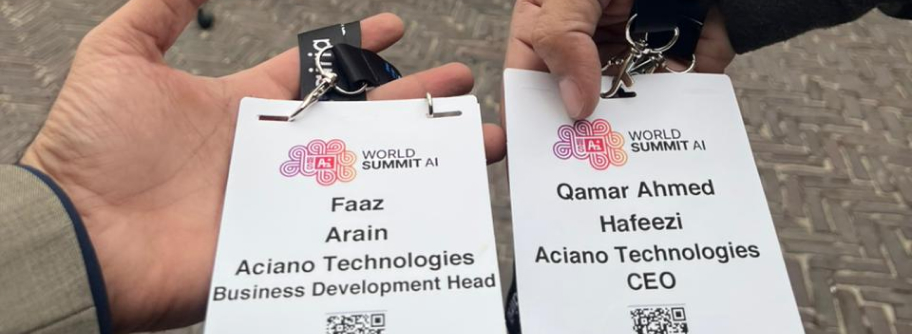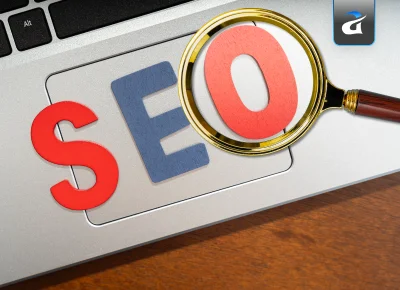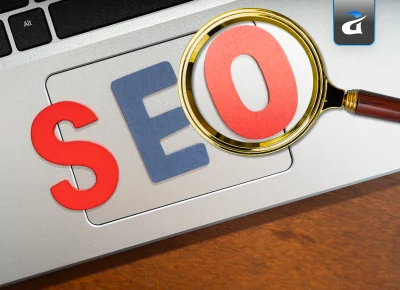As you know, conferences, trade shows, and industry events bring all the significant names under one roof, buyers, influencers, experts and clients. This is actually quite an important interception for you, so that you can build relationships with clients and strengthen your event networking opportunities and networking activities.
But what's the problem? The problem is that most leads from these events don’t turn into customers on their own. Without a clear post-event marketing plan, those contacts fade, and the effort spent on the event goes to waste.
Let’s find out how we tackled this issue after our time in AI conference Amsterdam (WSAI) by focusing on meeting objectives, event engagement, and increasing lead conversion.

Post-Event Marketing Importance for Lead Conversion
- Key strategies for turning conference leads into customers.
- Tools and channels to improve the post-event sales funnel.
- Metrics to measure results.
- By the time you’re done, you’ll have a clear plan to make sure your event marketing pays brings out their results even later.
Why Post-Event Marketing Matters in Your Conference Plan
Considering all the sponsorships, booth setups, travel, marketing materials, and staff, events are worth a good sum of money; so, to fully leverage it you should have an event checklist and conference strategy beforehand.That’s why post-event campaigns are necessary.
Here’s why they matter:
Events Are Crowded
Without follow-up or on-site support, your business or IT solution can be forgotten within days.
Leads Are Warm
So, if someone decides to hang around your booth, or attends your sessions, it means that they are eager to know about your business. So, start a conversation with them to generatee leads.
A Faster Sales Journey
When handled well, is likely to convert event leads quicker than cold prospects for shorter sales cycle.
Developing Brand Authority
Post-event engagement will establish your credibility and will make you an expert in market trends and competitor analysis.
The Psychology of Post-Event Conversions and Event Engagement

To succeed in post-event marketing, it helps to understand how attendees think:
Information is Overloaded
In the aftermath of a conference, people mostly find themselves swarmed with tons of email, hence you should make your content clear, and relevant in order to stand out.
Emotional Connection
If you would go up and make typical statements, like every other individual, then you would be remembered just as any other individual. Therefore, try to make your conversation more meaningful.
Decision-Making Timeline
Some leads buy quickly; others take weeks or months. By making structured lead nurturing process and conference plan, you can make sure that you leave no one important behind.
Key Post-Event Marketing Strategies
Segment and Prioritize Your Leads
How to get leads? Simply prioritize your leads.Naturally, every event lead is different from another. While some are crisp and clear about their intentions of buying, others only tend to explore. Right after the event, group your leads into three categories:
- Hot leads: ready to buy.
- Warm leads: interested.
- Cold leads: low interest or long-term potential.
Send a Personalized Follow-Up Email
Your first message after the event can set the foundation for upcoming conversations. Firstly, stop emailing like everybody else by saying “thank you for attending” emails. Instead:- Pick out a specific detail from your conversation at the event and refer to it.
- Try to share something intriguing and useful like a whitepaper, case study, or slide deck.
- Conclude with a decent CTA.
Nurture Leads with Valuable Content
The most common mistake that a lot of individuals are prone to making is pushing only for sales. You should work on keeping the leads interested by sharing things like:- Event highlights or recap videos.
- Blog posts that address industry challenges.
- Case studies that show measurable results.
- Free tools, templates, or resources.
Use Retargeting Ads
Retargeting works. This is why 54% of event marketers have reported that they are spending more on social media advertising for their event promotion.Not every attendee will answer your emails. To remain present, retarget them with ads. Make use of platforms like LinkedIn, Facebook, and Google so that you can reach out to people who visited your booth, landing page, or website.
Take these examples of retargeting ads:
- A recap of the event with a link to book a meeting.
- Special offers for those who attended.
- Short videos with customer testimonials.
Leverage Social Media Engagement
With social media platforms today, everything is feasible, and hence you can still continue to converse with leads in the wake of the event. Try to:- Tag attendees, speakers, and sponsors.
- Share event photos, clip, or thank-you posts.
- Ask attendees about their key takeaways.
- Host a LinkedIn Live Q&A or follow-up webinar.
Host a Post-Event Webinar
Well, oftentimes some of the attendees are not able to make it to the live sessions. A webinar gives them another chance to engage. Use it to:- Cover your event topic in more detail.
- Show your product in action.
- Answer industry-specific questions.
Align Sales and Marketing Teams
Managing leads after an event requires coordination. Marketing should run nurture campaigns, while sales follow up with top leads.Build a shared playbook that defines:
- Which leads go directly to sales.
- When nurtured leads should move from marketing to sales.
- How to track leads through the pipeline.
Offer Exclusive Deals or Trials
An incentive can move leads to acting. Examples include:- Limited-time discounts.
- Free product trials.
- Access to premium features.
Measure and Optimize Your Efforts
You should definitely keep a keen track of results so that you can improve future campaigns. The measures should be:- Email open and click rates.
- Social media engagement.
- Retargeting ad conversions.
- Lead-to-customer conversion rates.
Tools for Post-Event Marketing
- HubSpot / Salesforce (CRM)
- Mailchimp / ActiveCampaign (Email)
- Hootsuite / Buffer (Social)
- Google Ads / LinkedIn Ads
- Zoom / WebinarJam
Post-Event Marketing Funnel
- Collect leads (badge scans, QR codes, sign-ups).
- Import into CRM and categorize them by interest.
- Start sending emails to them in the first 48 hours.
- Nurture with content and retargeting ads.
- Stay active on social media.
- Invite leads to a follow-up webinar.
- Pass hot leads to sales.
- Measure results and adjust strategy.
Common Mistakes to Avoid
Sending Typical and Generic Emails
Mention something eye-catching.
Reaching Out After a Long Period
Contact in the first two days before they forget you.
Treating All Leads the Same
Every lead has a different extent of interest in your proposals or business, hence be wary of this when reaching out to them after the event.
Ignoring Storytelling
Don’t make them feel like you are just another clingy business trying to pitch them, hence try to build a connection with them.
Skipping Analytics
Learn what worked and repeat it.
Indeed, these conferences are bound to bring out plenty of opportunities for you, but without a clear plan to follow up, those opportunities are not promised. So, the actual progress starts showing when you take the time to segment your leads, reach out with timely and personal follow-ups, share content that keeps the conversation going, and use tools like retargeting or webinars to stay on their radar. That’s how you turn quick introductions into real customers.
Contact us to learn more about our AI solutions.
Frequently Asked Questions
What is a summit event?
In a summit event, all experts from a certain field gather at the same place to share their ideas, opinions, and solutions. Cherry on top: through a summit event companies and businesses grow by connecting with one another.
How to attract customers to an event?
If you want to catch the eye of customers, give them something worth showing up for. You can share stories that ignite curiosity, invite speakers, and create informative sessions. Talk about it on social media to gather your audience.
What is post-event marketing?
Post-event marketing is done once the event is done. Here, you tend to continue the conversation held at the event. It involves thanking attendees, sharing key moments, and turning interest into lasting connections.
What are the 5 P’s of event marketing?
These are the very important 5 P’s—Product, Price, Place, Promotion, and People—are the core of every successful event. They guide planning, maintain organization, and ensure smooth execution.
What is the purpose of post-event meetings?
Post-event meetings bring the team together to review results and discuss them openly. They help identify what went well, what fell short, and how to improve the next event.
What is the main goal of post-event evaluation?
Our main goal is to see the event for what it truly achieved. It helps you measure success, learn from mistakes, and turn lessons into practical steps for improvement next time.



